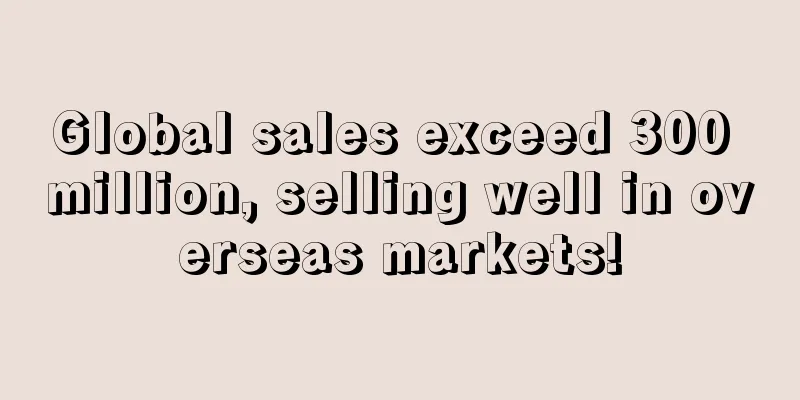Social commerce competition heats up with new features from Instagram, Pinterest and TikTok

|
On Monday, an Instagram representative said the platform was making some changes to the way brands and influencers interact that will make it easier for both parties to do business in a more organized way.
The changes come in two ways . First, influencers can tag up to two brands in a sponsored content post. They can then request approval from brands through the app to officially designate their post as branded content. Brands can see content that other brands have been tagged in and can automatically approve the post. The post can be published with or without approval, but the "paid collaboration" label and brand name will not appear until it's approved.
Secondly, brands can now see data and insights for every sponsored Reels and Live post they are tagged in . Influencers have been able to see insights for posts they are tagged in since May 24. Brands can now view analytics on performance, engagement, and reach. This comes shortly after Instagram announced the Drops feature which launched in late May.
The new features are among several launched in the last month by social platforms from Instagram to TikTok to Pinterest. Each is vying for a piece of the lucrative social commerce market. Social commerce in the U.S. is expected to grow 34% to $36 billion this year, according to eMarketer. In 2020, eMarketer reported that social commerce sales grew 38%, beating its forecast for 20% growth. Social commerce is already huge in Asia, especially in China, where it's a $300 billion business.
Instagram’s new Drops feature lets brands announce upcoming products, generate buzz, and release limited-edition items at set times, similar to how streetwear brands like Supreme operate. Charlotte Tilbury is one of the first five brands to use the new Drops feature, and a representative said the brand will continue to use the feature in the coming weeks.
Some big brands have touted the success of Instagram shopping, such as Sephora, which joined the program last year.
Pinterest also had social commerce news on Monday. It launched a two-week rotating curated online store with exclusive products from DTC brands. The store is called The Goods, and among the first brands is Outdoor Voices. Aya Kanai, Pinterest's head of content and creator partnerships, said the platform's shoppable pages saw a 200% increase in engagement between March 2020 and March 2021, while product uploads from merchants increased 14 times in the same period.
TikTok is the newest of these, less than five years old, and is also testing social commerce. As of last month, the platform was piloting social commerce programs in the UK and parts of Southeast Asia, focusing on streetwear brands. While TikTok hasn’t officially announced plans to compete with Instagram Shop globally, it’s likely around the corner.
Despite lacking a dedicated shop page like Instagram, TikTok’s shoppable ads have proven popular. Online Shopping E-commerce Social e-commerce |
<<: Sellers Attention: Walmart Releases Summer Product Selection Trends
Recommend
Logistics costs as high as 24%! Indonesian ports will implement a national logistics system
It is reported that expert staff in connectivity,...
Beware! Criminals impersonate Amazon to commit fraud
Millions of people shopped on e-commerce platform...
What is Copia Globa? Copia Globa Review, Features
Founded in 2013, Copia Globa is one of Kenya’s fa...
Amazon negative reviews have a high weight, and seller ratings are declining...
Speaking of reviews, Amazon has made quite a few ...
The number of Amazon sellers has soared to 9.8 million, but only 20% can make money within 3 months?
2014 was the first year of cross-border e-commerc...
Australia's social e-commerce market has grown 700% in two years!
According to PayPal 's latest e-commerce inde...
JD.com enters the Middle East and joins hands with UAE fashion e-commerce Namshi to help Chinese products go global
According to a recent report by Arab News, JD.com...
What is Enkeeo? Enkeeo Review, Features
Enkeeo is a private brand of Global Easy Shopping,...
North American e-commerce platform Newegg launches live streaming feature
Livestreaming sales is already very common on dom...
OnBuy completes £35 million in funding to compete with Amazon
In addition to the common Amazon, each European c...
The number of sellers exceeds 100,000! Russian e-commerce WB is gaining momentum
According to recent foreign media reports, the nu...
A 30% year-on-year increase! Amazon India's laptop sales grew rapidly
According to foreign media reports, Amazon India ...
What is Moda Operandi? Moda Operandi Review, Features
Moda operandi is an American luxury e-commerce co...
What is Noble Brewer? Noble Brewer Review, Features
Noble Brewer is a subscription beer club based in...
What is Camel Financial? Camel Financial Review, Features
Camel Financial started operations in October 201...









